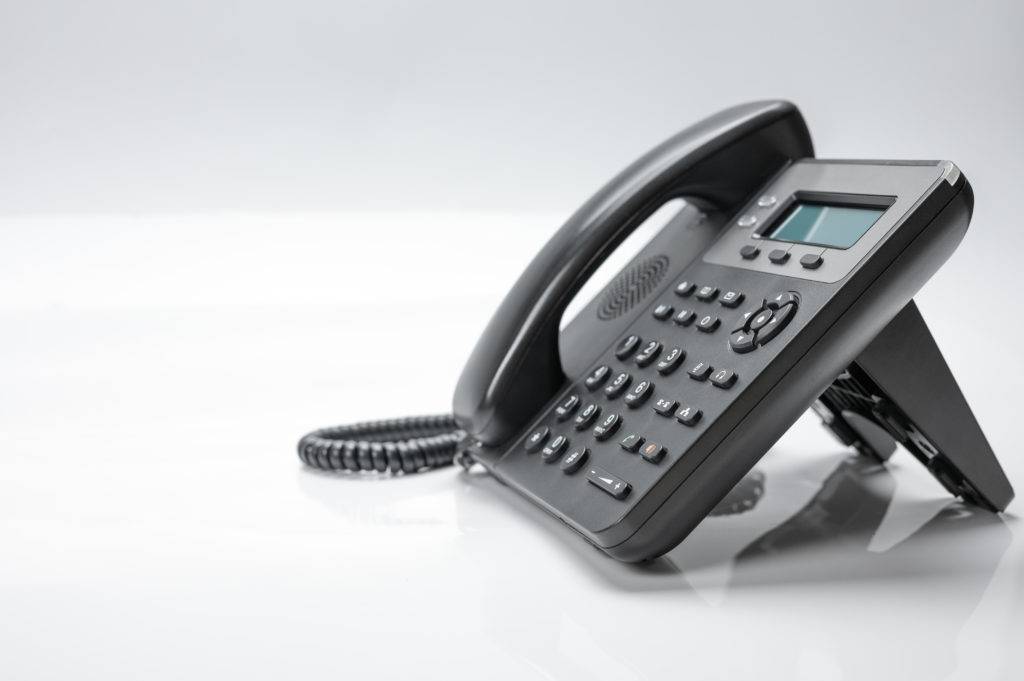
What Is the Best Codec for VoIP and How to Find It
The best codec for VoIP quality is the G.722 codec, based on specific scoring criteria. However, this codec is not always practical for every telecommunications situation, which means you should consider other excellent options that support superior call quality and work with your Internet Protocol Private Branch Exchange (IP PBX) and Session Initiation Protocols (SIP) trunks.
Higher bandwidth codecs, such as the G.722, generally work well if you have enough resources. You can also use a lower but still quality codec, like G.711, if you need to spare your internet speed resources. Every business is different and has unique business needs, which will ultimately determine the correct codec for your organization.
While G.722 offers the best quality, many factors influence the decision of which to choose. Learn what to look for in the best code for VoIP and a few choices to consider.
What Is a Codec, and How to Find the Best Codec for VoIP?
Codecs, short for “encoder-decoder,” compress audio signals for voice-over-internet protocols (VoIPs) and then decompress for the listener. This process is the essence of VoIP. Codecs vary in audio quality, required bandwidth, and computational requirements, among other characteristics.
Related: SIP Technology in Telecom: The Basics
How VoIP Codecs Improve Call Quality
VoIP codecs enhance the quality of calls with lossy compression, which removes as much data as possible during processing. As a result, a codec can compress audio down to a tenth of its original size while maintaining high-quality VoIP call audio.
VoIP codecs are adept at selectively compressing audio data to preserve call quality. You will still need to monitor call quality, but codecs will undoubtedly assist you in providing the best audio quality possible.
Codecs Offer Standardized Flexibility
Programs, desk phones, and gateways typically support several codecs. You can assign every phone a unique codec to maximize company resources. For example, internal company communications can use one codec for medium and low bandwidth communications, while customer-facing employees can use the other codecs for superior quality and high bandwidth.
Best Codec for VoIP
You find the best codec for VoIP by reviewing its Mean Opinion Score, or MOS. MOS is a telecommunications score that grades the average rank of a call’s audio, voice, and video quality. Results based on intelligibility and naturalness tabulate from polls of expert listeners who observe and score business calls for a subjective quality evaluation test.
The final MOS falls on a scale between one and five, as described below (in order from best to worst quality):
· 5: Excellent
· 4: Good
· 3: Fair
· 2: Poor
· 1: Bad
Assigned scores are not always whole numbers and can receive a decimal value. For example, codecs could receive a score of 5.0 to represent the absolute best codec for VoIP, whereas a 4.2 mean one that is slightly above good but still retains an ideal toll quality. It is generally unacceptable for callers to experience a MOS of 3.5 or less.
Related: SIP Trunking 101: The Fundamentals
Three Best VoIP Codes for Businesses
Developers have optimized codecs over the years for the environments in which they will be used. Recently, they have improved codecs by leveraging more efficient computer processors. Of course, the trade-off for increased CPU cycles is increased power consumption, which is not an issue on a desktop but is on mobile devices.
Below, we outlined a list of the best codecs for VoIP (from lowest to highest MOS):
· Good – G.729 Codec: The G.729 codec requires little bandwidth but produces high-quality audio, even earning praise in TechRadar. MOS: 4.0
· Better – G.711 Codec: The G.711 codec, introduced by the International Telecommunication Union (ITU) in 1972, offers a 1:2 compression ratio and a bit rate of 64K. MOS: 4.2
· Best – G.722 Codec: The ITU G.722 codec has a high bit rate and is comparable to the traditional public switched telephone network (PSTN). MOS: 5.0
VoIP codec bandwidth is determined by the number of VoIP lines you have. That is why it is critical to know which VoIP codec you are using and that each line requires two channels. Ideally, it would be best to calculate your bandwidth needs with a VoIP bandwidth calculator, which you can find here.
More About Calculating VoIP Bandwidth
The more your VoIP codec compresses audio data, the lower the audio quality. A codec that compresses audio data to one-fourth of its original size sacrifices more audio quality than a codec that compresses audio data to one-eighth of its original size.
If your VoIP codec discards an excessive amount of audio data or is inept at determining which audio data can be safely omitted, you will experience grainy, distorted voice calls. This outcome can have a significant adverse effect on any business that conducts negotiations, sales, or customer service over the phone.
Final Thoughts and Considerations
Several excellent codecs, such as G.711, are royalty-free, while others require licensing. Several others not mentioned here are responsible for the wholesale movement of voice traffic between carriers and specialized applications.
A deficient VoIP codec is inefficient and expensive. Therefore, it is critical to determine how much bandwidth you have available and how much you need before choosing one. This strategy helps you avoid using a codec that offers more compression than necessary.
However, a well-structured system will mitigate these issues altogether. Ensure that you work with an experienced and knowledgeable provider that takes the time to learn about your company’s unique needs. That way, you will find the best code for VoIP communications for your organization.
Get Started with SIP.US Today
If your company is ready to modernize its telecommunications system, SIP.US offers a robust and modern platform for any organization. Get a Free SIP Trunk in 60 seconds or less here.


